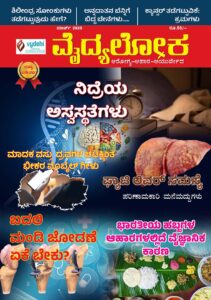Lack of micronutrients in diet is known as ‘hidden hunger’ that affects 80 per cent adolescents in India. Fortified foods are crucial in addressing micronutrient deficiencies that contribute to 13 per cent of disease burden in India.


Dr.Rajan Sankar, Director of Nutrition, Tata Trusts noted “Consequences of malnutrition go beyond health as it affects the intellectual potential of children. Micronutrient deficiency contributes to 13 per cent of disease burden in India, so it is important to address the issue. The take home ration (THR) system during COVID-19 pandemic took note that there will be sharing of food within the household and was designed accordingly. Tata Trusts has a network of Swasth Bharat volunteers in 320 districts – they as well as independent studies have found the intended recipients of THR are getting food.”
Noting that micronutrient deficiencies are all pervasive, especially in aspirational states, according to Mr Basanta Kumar Kar, fondly known as ‘Nutrition Man’, “The Comprehensive National Nutrition Survey (CNNS) highlighted micronutrient deficiency – I think there should be micronutrient survey every 3 years. We must talk about district-level food sufficiency of 6 food groups immediately in line with the Prime Minister’s vision of ‘Atmanirbhar Bharat’. Besides, Anganwadi centres should be developed as centres of excellence to ensure better convergence of services.”
“The best option for our population is to have a diet as diversified as possible. However, the socio-economic and logistic realities tell us such a diet may not be affordable to everyone, which makes availability of fortified food through PDS important,” says TarunVij, Country Director, GAIN India.


“Lack of these essential micronutrients can cause disease, disability, and even death. It affects all sexes and ages, but women and children are more vulnerable to the shortfall and have been at the receiving end for a long, long time. Lack of micronutrients in our diet is known as ‘hidden hunger’ that affects 80 per cent adolescents, and is a serious cause of concern for expecting and new mothers. The pandemic has accentuated the problem due to disrupted availability and access. We should devise a feasible way to address the issue for the world changed by the pandemic,” says Mr. Kamal Narayan, CEO, Integrated Health and Wellbeing (IHW) Council.











